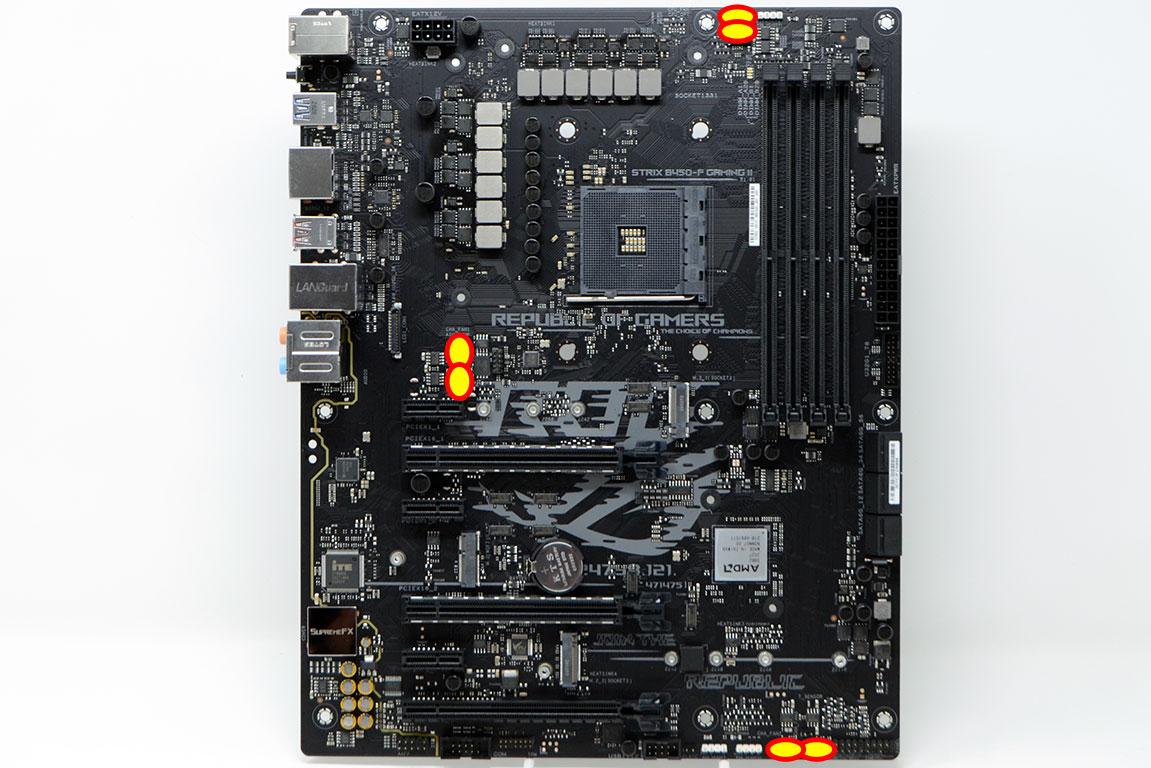
Usually intended for building new computers compatible with the exemplars, many motherboards offered additional performance or other features and were used to upgrade the manufacturer's original equipment.ĭuring the late 1980s and early 1990s, it became economical to move an increasing number of peripheral functions onto the motherboard. The most popular computers of the 1980s such as the Apple II and IBM PC had published schematic diagrams and other documentation which permitted rapid reverse-engineering and third-party replacement motherboards. The ubiquitous S-100 bus of the 1970s is an example of this type of backplane system.

The central processing unit (CPU), memory, and peripherals were housed on individually printed circuit boards, which were plugged into the backplane. In very old designs, copper wires were the discrete connections between card connector pins, but printed circuit boards soon became the standard practice. Prior to the invention of the microprocessor, the digital computer consisted of multiple printed circuit boards in a card-cage case with components connected by a backplane, a set of interconnected sockets. Mainboard of a NeXTcube computer (1990) with microprocessor Motorola 68040 operated at 25 MHz and a digital signal processor Motorola 56001 at 25 MHz, which was directly accessible via a connector on the back of the casing. As the name suggests, this board is often referred to as the "mother" of all components attached to it, which often include peripherals, interface cards, and daughterboards: sound cards, video cards, network cards, host bus adapters, TV tuner cards, IEEE 1394 cards and a variety of other custom components. Motherboard means specifically a PCB with expansion capabilities. Unlike a backplane, a motherboard usually contains significant sub-systems, such as the central processor, the chipset's input/output and memory controllers, interface connectors, and other components integrated for general use.

It holds and allows communication between many of the crucial electronic components of a system, such as the central processing unit (CPU) and memory, and provides connectors for other peripherals. For other uses, see Motherboard (disambiguation).Ī motherboard (also called mainboard, main circuit board, mb, mboard, backplane board, base board, system board, logic board (only in Apple computers) or mobo) is the main printed circuit board (PCB) in general-purpose computers and other expandable systems.


 0 kommentar(er)
0 kommentar(er)
